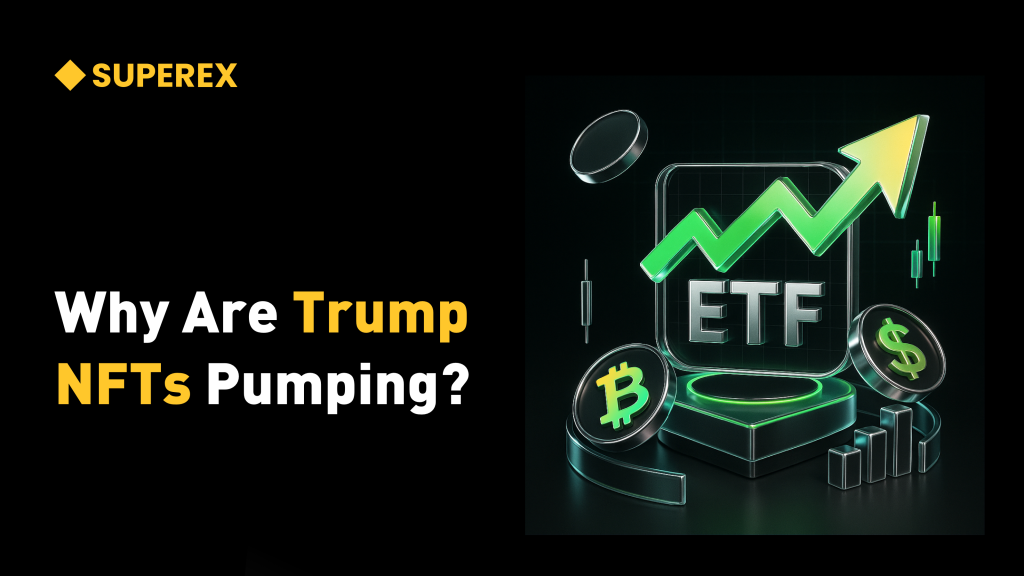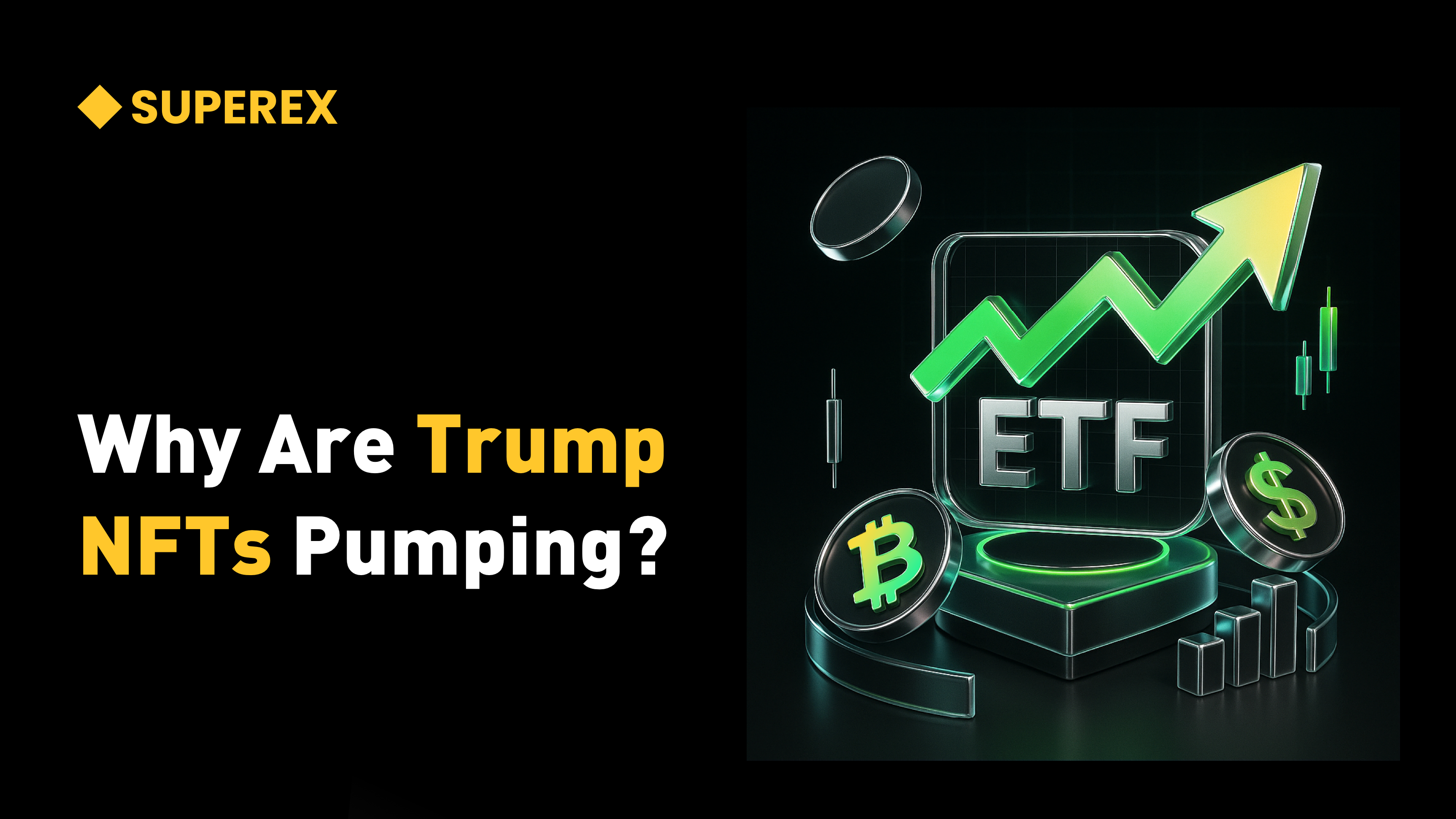
The NFT Market: Resurrection, Recovery, or Mirage?
Introduction
The Non-Fungible Token (NFT) market has experienced a tumultuous journey, marked by meteoric rises and precipitous falls. From the euphoric highs of early 2022, where trading volumes soared into the billions, to the subsequent crash that left many questioning the long-term viability of NFTs, the market has been a study in extremes. Now, as whispers of recovery circulate, fueled by surges in sales volume and renewed interest, the question arises: Is this a genuine resurrection, a short-lived rally, or merely a mirage in the desert of digital assets? This report delves into the recent trends, analyzes the driving forces behind the apparent resurgence, and offers a balanced perspective on the future of NFTs.
The Numbers Don’t Lie: A Surge in Sales
Recent data paints a compelling picture of renewed activity in the NFT market. Reports indicate substantial increases in sales volume, with figures reaching levels not seen since August. One report noted weekly sales surpassing $84.9 million, marking the strongest performance since late August. Another highlighted a staggering $198.1 million surge, representing a 22.44% increase week-over-week. Furthermore, a 21% surge in market cap suggests a broad recovery across the sector. These numbers, tracked by platforms like CryptoSlam, indicate a resurgence in the NFT market.
Driving Forces: What’s Fueling the Comeback?
Several factors appear to be contributing to this apparent resurgence.
Renewed Interest and Optimism
The most obvious driver is a fresh wave of interest from collectors and investors. After a period of decline, the return of optimism, however cautious, is fueling renewed activity. The psychological impact of positive news cycles can be powerful, drawing sidelined participants back into the market.
Thriving Collections
Despite the overall downturn, certain NFT collections have continued to thrive, demonstrating the potential for value and community engagement within the NFT space. The success of these collections, such as the reported dominance of Pudgy Penguins, can act as a beacon, attracting new entrants and revitalizing existing interest.
Market Rebounds and Platform Developments
The underlying infrastructure supporting the NFT market is also evolving. Improvements in NFT marketplaces, including enhanced user experiences and reduced transaction fees, can make it easier and more attractive for users to buy, sell, and trade NFTs. The growth of platforms also plays a significant role.
Ethereum’s Continued Dominance
Ethereum-based collections continue to drive momentum, suggesting that the established blockchain infrastructure remains a key component of the NFT ecosystem. The stability and familiarity of Ethereum, despite its challenges, provide a foundation for NFT projects and trading activity.
A Grain of Salt: Context and Considerations
While the recent surge is encouraging, it’s crucial to maintain a balanced perspective and consider the context of the overall market.
The Shadow of the Past
It is important to remember the dramatic highs and lows of the past year. The market witnessed a staggering peak of $2 billion in trading volume before experiencing a significant downward spiral. This historical context serves as a reminder of the volatility and speculative nature of the NFT market.
Skepticism Persists
Not everyone is convinced that this recovery is sustainable. Some community members express skepticism, questioning whether the current momentum can be maintained in the long term. This skepticism highlights the ongoing uncertainty and the need for caution.
Worst Month of the Year
It’s worth noting that even with the recent upswing, August was the worst month of the year for NFT sales, recording just $376.3 million in volume. This low baseline underscores the extent of the previous downturn and puts the current recovery into perspective.
Beyond the Hype: What’s Next for NFTs?
The future of NFTs hinges on their ability to move beyond speculative hype and demonstrate real-world utility and value.
Utility and Integration
NFTs need to evolve beyond digital collectibles and find practical applications in various industries. This could involve using NFTs for ticketing, supply chain management, digital identity, or gaming. Integration with other technologies, such as the metaverse, could also unlock new use cases and drive adoption.
Community and Engagement
Strong communities are essential for the long-term success of NFT projects. Projects that foster genuine engagement, provide value to their members, and build a sense of belonging are more likely to thrive.
Regulation and Standardization
As the NFT market matures, regulatory clarity will become increasingly important. Clear guidelines regarding ownership, intellectual property, and taxation will help to legitimize the market and attract institutional investors. Standardization of NFT formats and metadata will also improve interoperability and facilitate wider adoption.
Conclusion: A Cautious Optimism
The recent surge in NFT sales offers a glimmer of hope for an industry that has faced significant challenges. While the numbers suggest a recovery is underway, it’s crucial to approach this news with cautious optimism. The NFT market remains volatile and subject to hype cycles. Its long-term success depends on its ability to deliver real-world value, foster strong communities, and navigate the evolving regulatory landscape.
The Path Ahead: Utility, Community, and Regulation
The path forward for NFTs is fraught with both opportunities and challenges. To ensure sustained growth, the market must focus on utility, community building, and regulatory compliance. By doing so, NFTs can transition from being speculative assets to valuable tools with real-world applications. The journey ahead is uncertain, but with the right strategies and a commitment to innovation, the NFT market can achieve long-term viability and success.





